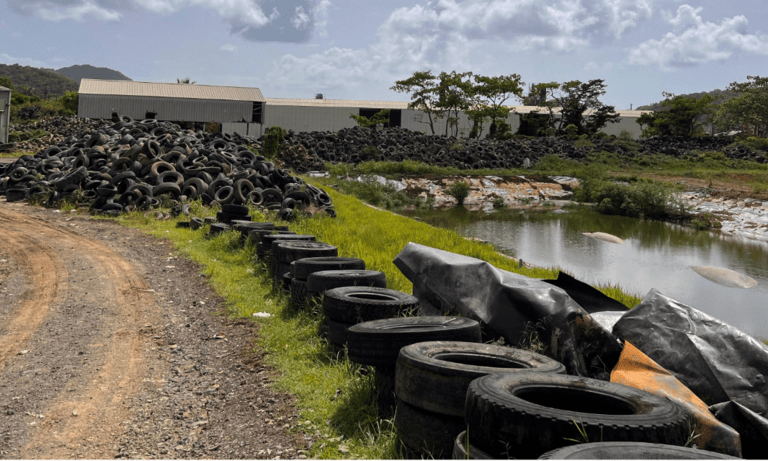With thousands of deaths worldwide, the coronavirus has spread panic in nearly all countries and territories where it has hit. People fear not only infection and death, but upheavals to their daily lives, rituals, and traditions. Everything from earning an income to having a normal family life or even putting food on the table has been put into doubt. And doubt tends to build on itself until it becomes terror.
We see it in the supermarkets where people are buying up huge quantities of toilet paper, tuna, and other basic supplies because they see people around them similarly hoarding. We see it in the rush to buy face masks even though there are better ways to protect ourselves and those masks are badly needed by healthcare workers.
Our Problem with Evaluating Risk
The problem is that, as the literature on behavioral economics shows, we are very bad at evaluating risks. In these moments of uncertainty, we need our governments to offer a steady hand, to help us with accurate information that will limit the dangers to ourselves and society without provoking the kind of anxiety that leads to unnecessary personal and social harm. We need to implement at both the governmental and personal level some of the techniques of behavioral economics so we can behave more rationally.
This is a huge challenge, not least because of our inborn biases. Take, for example, the problem of what behavioral economists call “availability heuristics,” by which we overestimate the likelihood of things that have been recently brought to our attention. This occurs when people react with horror to news of a recent shark attack miles away, but don’t think twice about the much greater risks of driving a car, even to the point of doing so drunk or without a seatbelt. Or the problem of “hyperbolic discounting,” by which people prefer a smaller reward now to a greater one later, making it hard for us to pass up the opportunity for fun at a bar or restaurant now in the interests of avoiding the coronavirus in the future.
Considering the Impact on Others in the Fight against Coronavirus
Even worse is our ability to take into account the effects, or externalities, for others. The people in the anti-vaccine movement, for example, fail to consider that by refusing to take the negligible risk of being inoculated, they are also putting others at risk. The people hoarding face masks don’t think of how it could shortchange the healthcare system and endanger the people at the frontlines of the anti-coronavirus fight.
At the IDB Behavioral Economics Group we analyze these types of biases and provide solutions to governments. In this time of pandemic, we believe that government’s first priority is to provide the most useful information and strike the right balance between awareness and fear. This involves making the public aware that the coronavirus threat is close-at-hand, virulent and unyielding, while not overstating the risks. It means being proactive with clear messaging that doesn’t provoke people to overwhelm hospitals and healthcare systems, resign themselves to infection, or fail to take an epidemic seriously the next time it strikes.
Fashioning forceful and precisely targeted messages is crucial to getting people to protect themselves by also protecting those around them, to ensuring that they limit direct contact with others (social distancing) and reduce the rate of contagion. Radio and television can effectively engage older or less educated people in getting these messages across. Social media is better to reach younger people. Videos, infographics, and even songs are all ways to reach diverse groups.
Using Behavioral Insights to Reduce Dangerous Behaviors
There should also be an effort by authorities to encourage the use of behavioral insights to help people handle the challenges and stresses of the current moment. Certain techniques, for example, like wearing sun glasses or teaching ourselves to keep one hand in our pocket when we talk on the phone, can reduce face touching and be essential to reducing contagion. Installing low-cost soap dispensers in homes, mixing toys in with children’s soap, and promoting the right kinds of hygiene campaigns can get people to wash their hands more. We can be encouraged through campaigns to practice social distancing and avoid social contact with the support of social networks and relationships and agreements among friends and family to monitor each other. The power of networks and the weight of information we get from peers is, after all, very strong.
Whatever the approach at a given time and place, the key is ensuring that campaigns are sustained and adapted to changing circumstances. That means not relaxing communication efforts and modifying them as good and bad news about the disease filters through and people’s perceptions of risk shifts. Just as private advertisers tailor their ads to fit new fashion trends and politicians reshape their political ads to suit the mood of the political season, authorities and their private partners in the fight against diseases must always be ready to monitor beliefs and perceptions and revise the information, the message and the form of communication accordingly.
The struggle will be long. For now, the best solutions are elemental ones of social distancing, repeated hand washing, and the avoidance of face touching. In this long and crucial battle, effective – and flexible — messaging, along with continuous monitoring to see what works and what doesn’t are the best remedies.
Publisher: Source link











